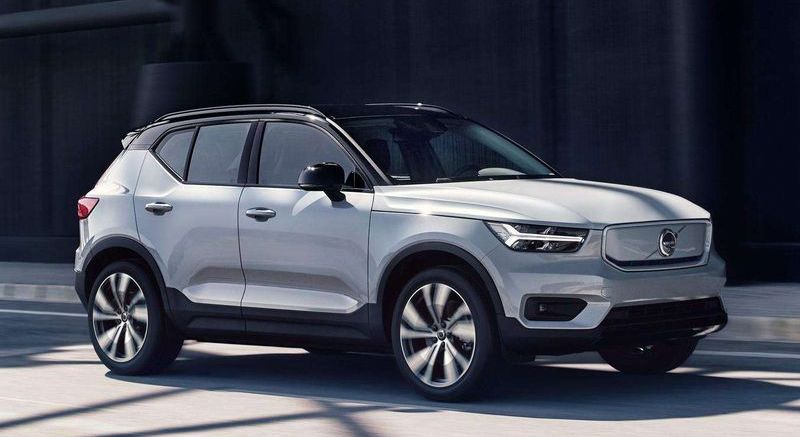Recently, Volvo’s first pure electric product, the XC40 RECHARGE pure electric SUV, was officially launched. The official price of the new car is 357,000 yuan.

The length, width and height of the new car are 4425mm*1863mm*1651mm respectively, and the wheelbase is 2702mm, which is basically the same as the fuel version. In terms of appearance and interior, the new car also continues the design of the XC40 fuel version, but the notable change is the fully enclosed front grille on the face part of the car to demonstrate its identity as an electric car.
In terms of power, the new car is equipped with front and rear dual-drive motors, with a comprehensive power of 300kW, a peak torque of 660 Nm, and an acceleration time of only 4.9 seconds from 100 kilometers. In terms of endurance, the new car is equipped with a battery pack with a capacity of 78kWh and has a cruising range of 400km under the WLTP standard.
In terms of intelligence, this car is equipped with Google’s native Android system, and also integrates software support from well-known service partners in the industry such as Huawei, Tencent, iFlytek, and AutoNavi Maps. Volvo said that localized customized software will effectively promote the establishment of an open intelligent ecosystem in the car.
At the auto show, Volvo also announced that the post-90s artist Hua Chenyu is the image spokesperson for the XC40 model, trying to attract more young consumers to fully promote the brand’s rejuvenation.
It is understood that this car is the first model in the Volvo Recharge series. Recharge is the general term for Volvo’s pure electric and plug-in hybrid models. The XC40 RECHARGE launched this time is Volvo’s first product in response to the trend of electrification and for the younger generation, which further complements Volvo’s product camp.
In terms of car purchase methods, new cars will adopt the official direct sales model. According to reports, the number of orders for the car has reached 2,558 since the blind booking was opened on September 26.
Data show that from January to October 2020, Volvo’s cumulative sales in the domestic market are about 130,000 vehicles, a year-on-year increase of 5.3%. Among them, new car sales in October were 16,700 units, a year-on-year increase of 19%.